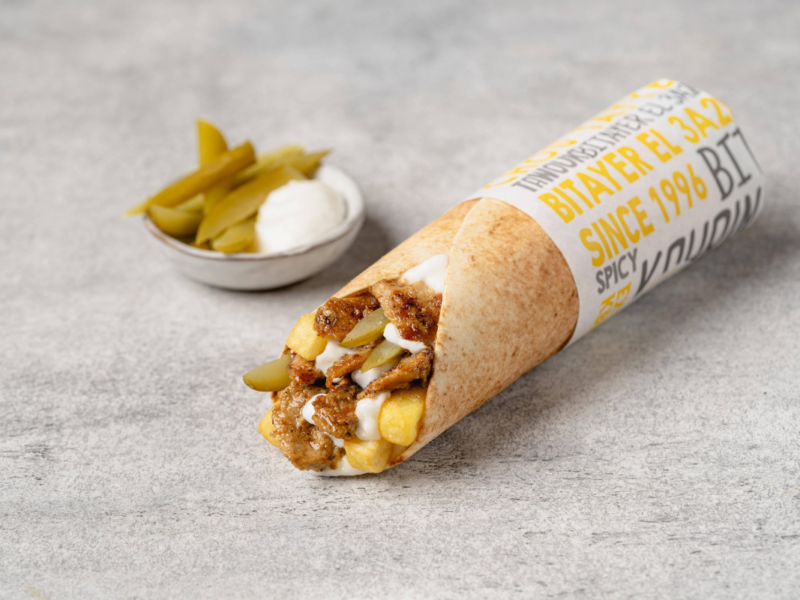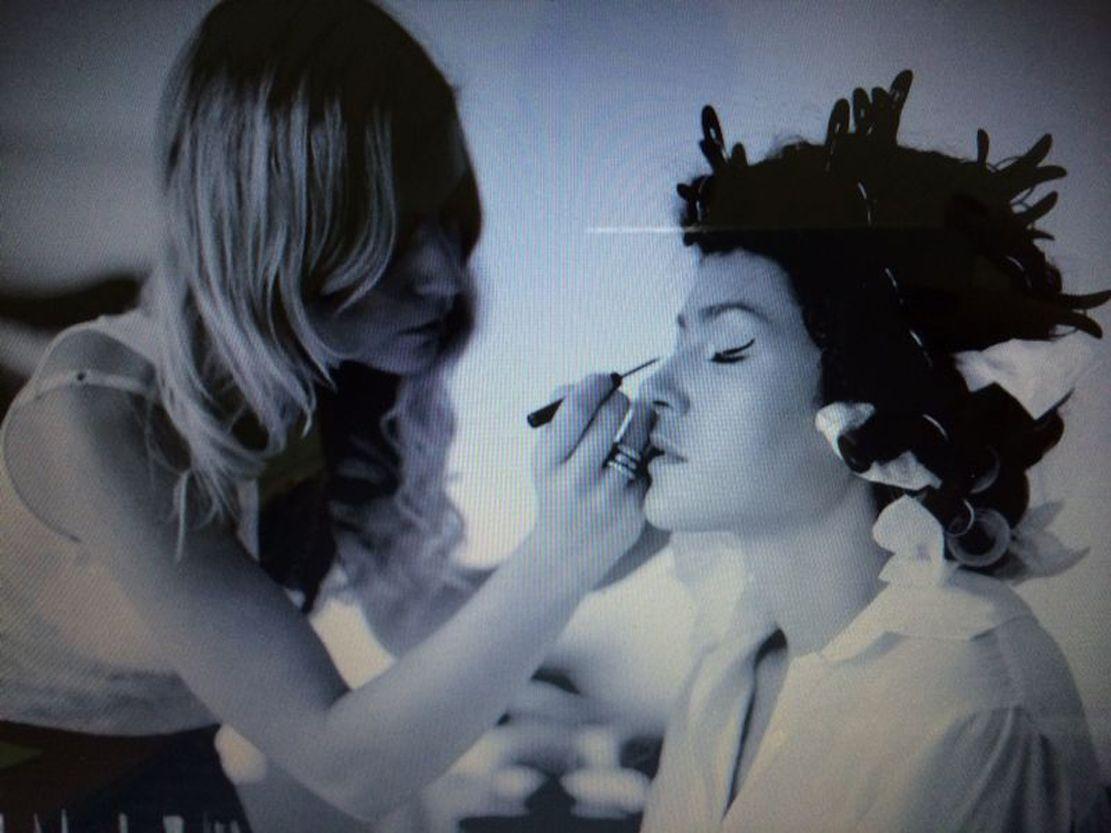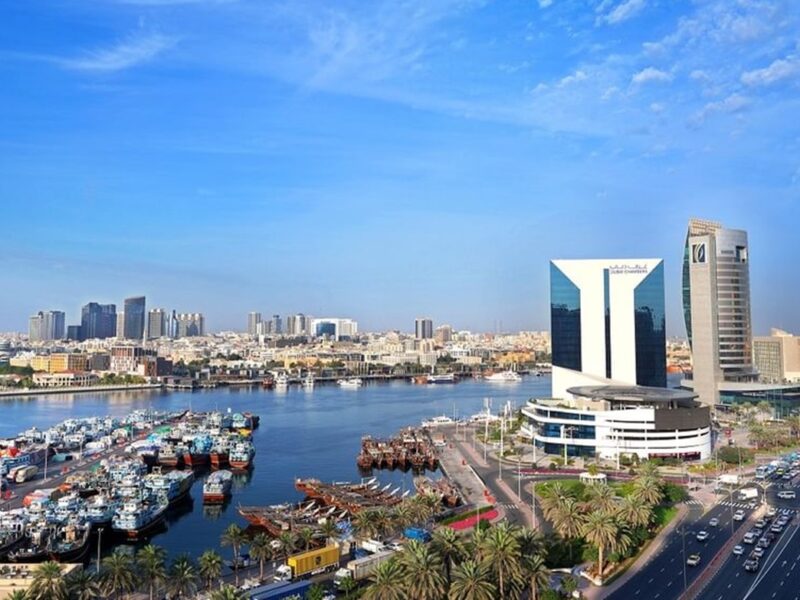I first met Vanessa Geens backstage at a fashion show. Amongst the hustle and bustle of the last-minute preparations she stood tall, towering over almost every girl in the room and exuding an unparalleled sense of confidence.
Her slender 179cm tall frame is everything you expect from a bona fide European model and millions of girls around the world see her role as their dream job.
Click here to see a day in a model’s life in pictures
But through her eight years of working as a fashion model in Dubai, Geens has seen her fair share of mishaps and horror stories in the modeling industry.
“Dubai’s modeling scene is very different. Everybody thinks it’s a glamorous life and you always look pretty, but sometimes that’s not the case at all,” she says.
“I’ve seen girls losing their hair after certain hairstyles. I’ve seen them sit there and cry after their hair gets burnt from all the heavy duty straighteners and curlers. I’ve seen chunks of hair fall out on the floor followed by screams of anger and models walking out of shows.”
A typical day for a model working in Dubai can be as long as 11 hours, running from 10am to 9pm. A fashion show, for example, can have check-in scheduled for 10am, a first rehearsal at 12pm, hair and make-up at 2pm, a dress rehearsal at 5pm, with the show kicking off at 9pm.
“Here, I feel like it’s really a waste of time sometimes. You’re just sitting around doing nothing. They don’t allow you to go anywhere and even forget to feed you sometimes,” says Geens.
This all changes dramatically during ‘fashion weeks’, when the schedules get tighter and the shows are back to back.
“When fashion week was on, it was really tough because you get to do three to four fashion shows a day with each designer wanting something different,” she explains.
“So for the first show you’d have your hair in a bun with a hundred pins and half a bottle of hair spray keeping it securely in place, but the next show’s designer would want this to change completely and for your hair to be slick straight.
“You lose your hair, eyelashes, and walk out looking like a tropical fish. This is the kind of thing you have to go through. People think that because you are a model or because you do a fashion show you live glamorously and get something free at the end of the day, but they really have the wrong idea about it.”
But there is an upside to all this mayhem. According to Gosia Golda, managing director and founder of MMG Events, Dubai is filled with countless opportunities for models of all age height and size.
“Although you get paid higher wages in Europe, models like coming here because they get more jobs and they start working right away. Overall, it is much easier here in Dubai and there is a growing market for it,” she states.
Golda first came to Dubai as a model and quickly realised that there was a big gap between the level of professionalism seen in Dubai compared to that seen in Europe.
“When I came to Dubai I was modelling and studying… Compared to working in Europe at that time I was feeling that agencies that I dealt with, or even the clients, were not fully professional.
“Sometimes it was because people were in the business just to make quick money without caring about the quality of service, and others it was not really their fault because they were never exposed to anything better.”
But Golda has witnessed tremendous improvements since she moved to Dubai and Geens seems to echo that sentiment.
“I think Dubai is a totally different market that gives a chance to everyone, regardless of your age and height. Here, even at 30-32, you can still be a catwalk or photoshoot model, which is a great thing since I’m 32 and I still get to do some work,” says Geens.
“They are not as particular with regards to size either. They don’t mind if your hips are 96cm, while in Europe you have to be 89-90cm maximum. Also, if your client likes you, they will book you again, while in Paris, I remember, they book you once and ten minutes later they don’t remember your name,” she states.
Although there doesn’t appear to be discrimination in the Middle East with regards to appearances, there is a significantly higher demand for brunettes with an olive complexion, and according to Golda, a rising demand for plus-size models.
“Some models have a look that doesn’t necessarily work for this market, maybe it can work for Europe but not here. So they might accept a job for less money or the money is not their priority and they want to build their portfolio,” she says.
“Of course for a model there are some requirements, like minimum height, look, being photogenic, having great skin. There are different requirements for different things. Some models are higher ranked than others.”
Models are placed into ranks, according to their height, face, experience and demeanour. They are classified into three categories: international and catwalk models, hostesses and finally promoters.
Promoters get paid by the hour, sometimes as low as $22. But models refuse to do so, opting instead for either a full or half-day payment. An average daily wage for a model can be from $410- $685, but if she is really lucky, she can land a TV campaign for over $5,500 a day.
“Sometimes people forget that a model is a person, because you have a price tag on you and you’re booked for the day,” says Geens.
“I know that it is probably difficult to handle 20 or 30 models at a time, but still, sometimes it can definitely be done in a nicer way,” she states.









